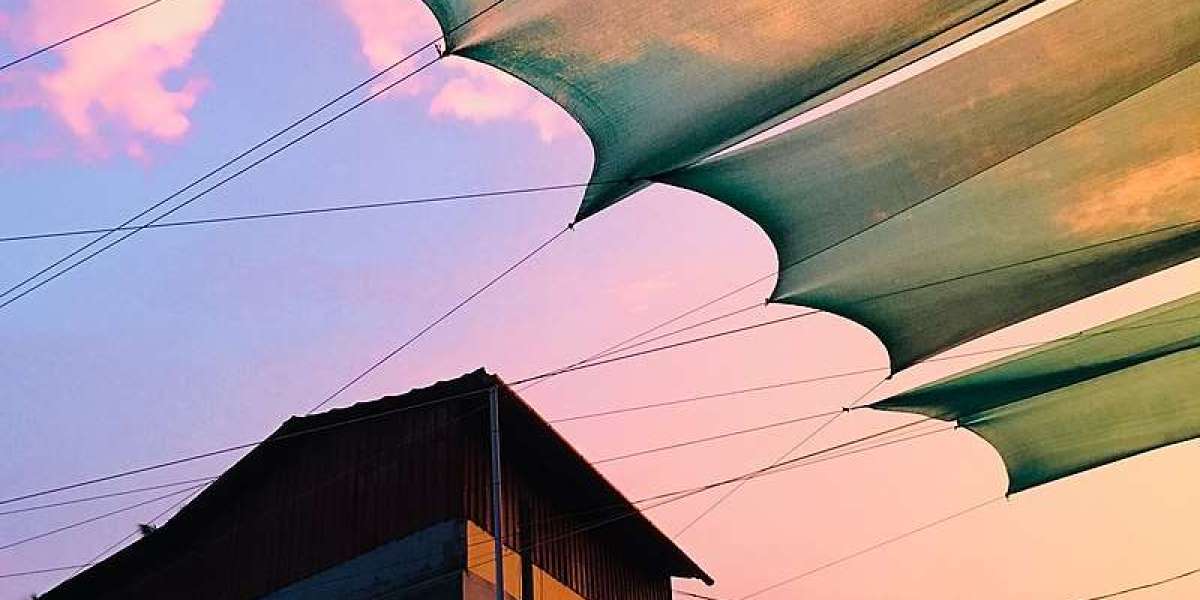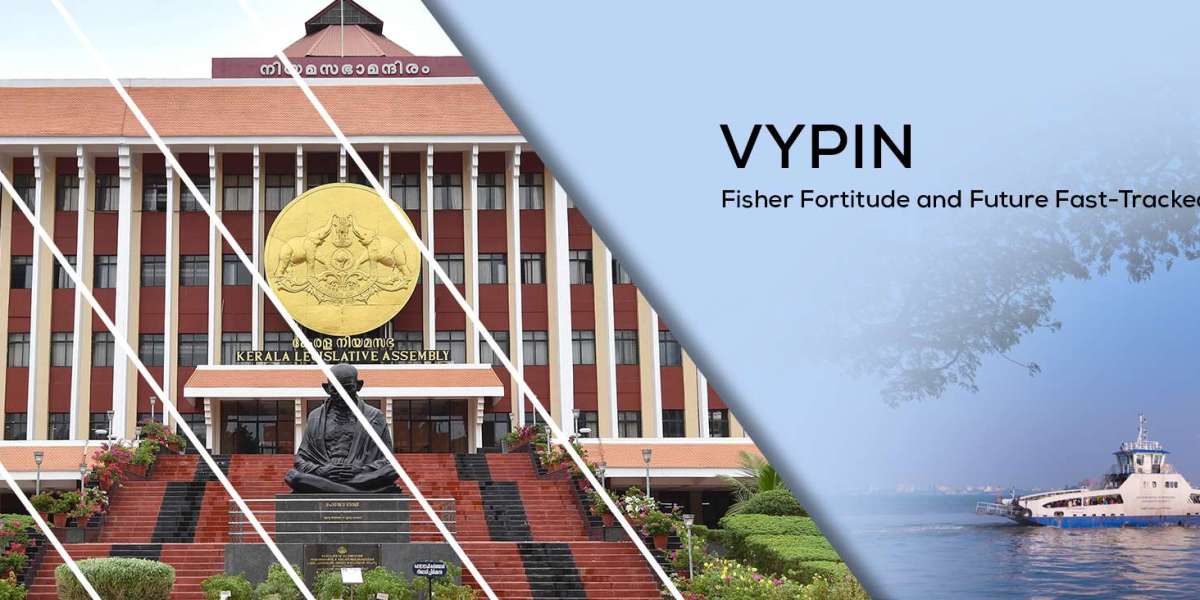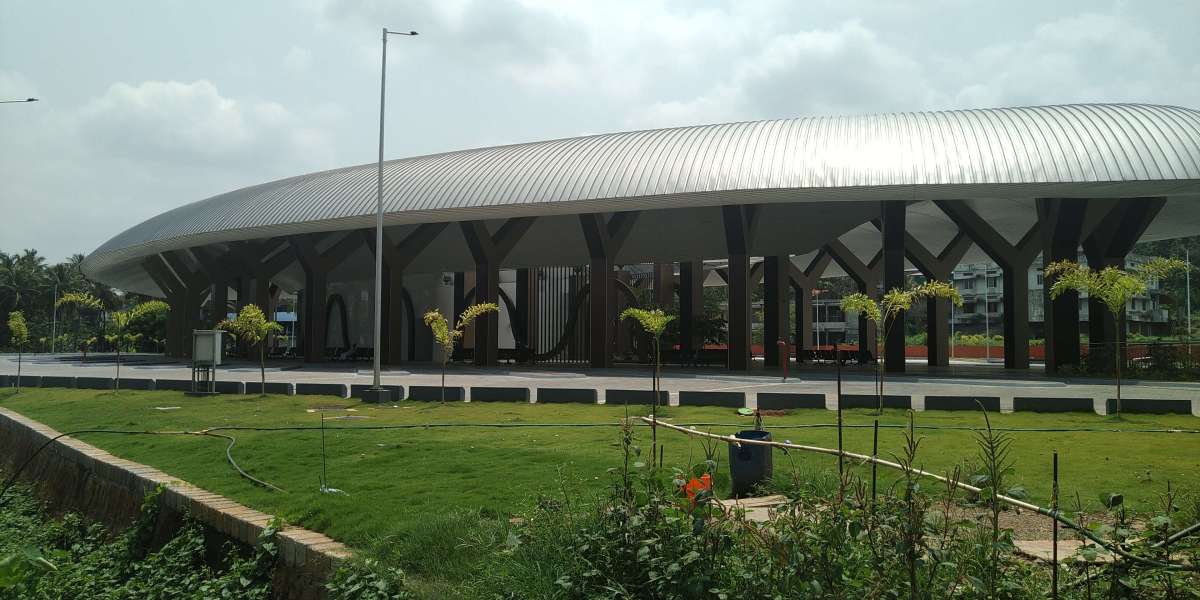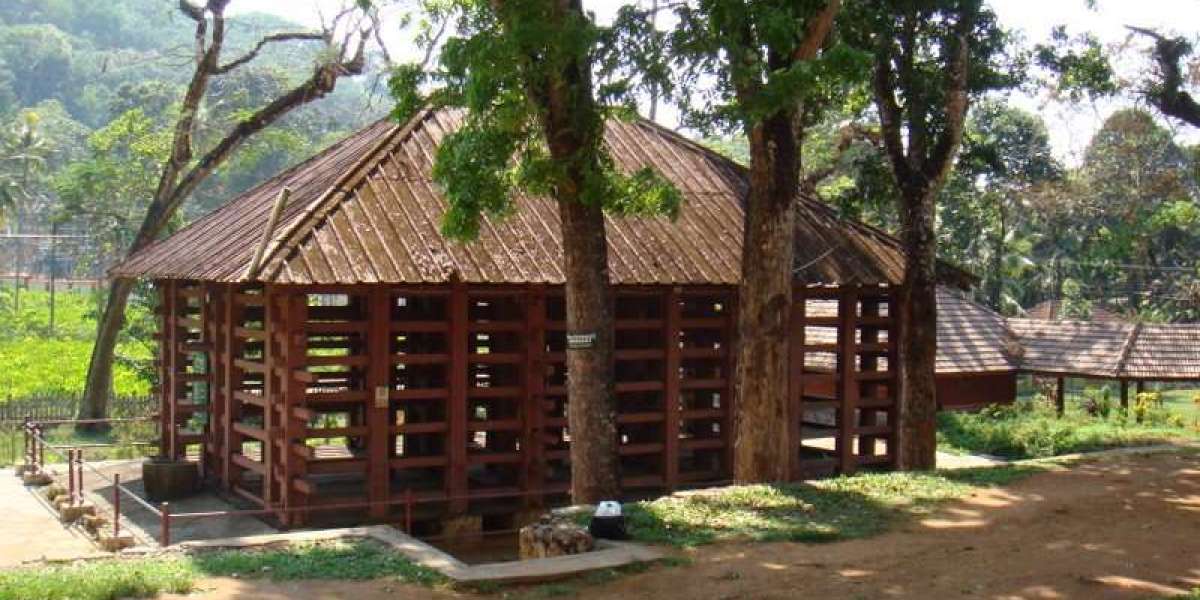Geography & Administrative Boundaries
Covering approximately 111 km², it includes Changanassery Municipality plus the rural panchayats
within Changanassery taluk: Kurichy, Madappally, Paippad, Thrikkodithanam and Vazhappally. The
terrain is typical of central Kerala: flat urban expanses intermixed with agricultural hinterlands. The
climate is tropical monsoon, with an average annual rainfall near 3,000 mm and mean temperature
around 26 °C.
Demographics
As of 2011 census, around 60% of the population was urban; the remainder rural. Religious
composition: Hindus (~48%), Christians (~35%), Muslims (~17%). Scheduled Castes comprised about
10%, and Scheduled Tribes under 1%. Literacy is high—with constituency literacy rates over
97%—well above state and national averages.
Economic Characteristics
Local economy is diverse:
Remittances from NRIs: Many families have members working abroad, contributing
significantly to household income.
Trade and small business: Changanassery town and Paippad host retail, services, and
markets that serve the municipality and adjacent rural areas.
Agriculture: Rubber, cash crops, coconut and paddy are grown in panchayat areas around
the municipality.
Blue economy: While nearby canals now serve transport and tourism, there’s limited actual
fisheries within this constituency compared to coastal areas.
The constituency benefits from educational institutions (e.g., CMS College in
Changanassery), banking, religious-tourism, and small-scale industrial activity.
Economic Strata
The majority of residents belong to the middle-income strata. High literacy and NRI-supported
remittance flows lift many households into comfortable middle-class status. Very few are below the
poverty line (BPL), and only a minority fall in high-income brackets—those perhaps associated with
successful NRI entrepreneurs or long‐established businesses.
Recent Development Initiatives
Search
Popular Posts
-
 REWIRING THE FOURTH PILLAR: HOW WEONE STRENGTHENS PUBLIC AWARENESS AND PARTICIPATORY DEMOCRACY IN KERALA
REWIRING THE FOURTH PILLAR: HOW WEONE STRENGTHENS PUBLIC AWARENESS AND PARTICIPATORY DEMOCRACY IN KERALA
-
 EMPOWERING GOVERNANCE: HOW WEONE’S UNIFIED PLATFORM CAN REVOLUTIONIZE KERALA’S DECENTRALIZED ADMINISTRATION
EMPOWERING GOVERNANCE: HOW WEONE’S UNIFIED PLATFORM CAN REVOLUTIONIZE KERALA’S DECENTRALIZED ADMINISTRATION
-

-
 KERALA REVOLUTIONIZING THE THREE- TIER GOVERNANCE WITH 'WEONE'
KERALA REVOLUTIONIZING THE THREE- TIER GOVERNANCE WITH 'WEONE'
-
 KERALA REVOLUTIONIZING THE THREE- TIER GOVERNANCE WITH 'WEONE'
KERALA REVOLUTIONIZING THE THREE- TIER GOVERNANCE WITH 'WEONE'



